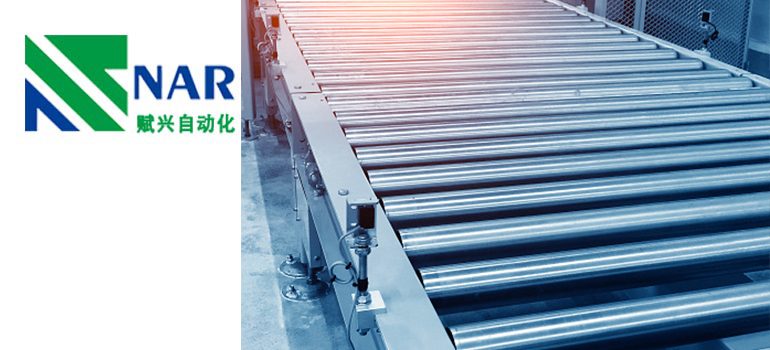Summary:
Belt tension play an important role in conveyor.
Influence of belt tensioner on conveyor
What is a belt tensioning device?
What are the functions of the belt tension?
How to adjust the tension of the belt tension?
When the belt conveyor is in use, there will be problems such as belt lengthening , belt deviation and so on. These problems are closely connected with the belt tensioning device. And the belt tension will change due to plastic deformation or temperature during operation.
The conveyor belt tension will be affected by various factors, such as the type of belt tensioning device, load, number of transmission rollers, etc.
What do you know about the tension of conveyor belt? The following will give you a better understanding of the conveyor tensioner.
What is a belt tensioning device?

The belt tensioner is mainly used to tighten the tape, supplement the elongation of the tape, and maintain sufficient friction driving force between the tape and the drum. The commonly used tensioning devices include vertical drum falling weight tensioning device, tail trolley falling weight tensioning device, screw tensioning device, electric winch tensioning device, etc.
The belt tensioner is mainly used to ensure the tension of the minimum tension point of the conveyor belt and supplement the permanent elongation of the conveyor belt to meet the sag conditions of the conveyor belt and the tension stroke required by the elastic elongation caused by the tension of the conveyor belt. Provide the necessary travel for the conveyor belt joint.
The travel of the belt tension shall be determined according to the length and contour of the conveyor and the type of traction mechanism. In addition, the tension device is mainly installed according to the terrain conditions. It is generally installed at the position with the minimum tension of the conveyor belt and as close to the roller as possible. After considering the action area of the tension device, two tension devices can be installed if necessary to ensure the normal operation of the conveyor.
What are the functions of the belt tension?
The belt tensioner can ensure that the conveyor belt can cling to the driving roller. And it ensure that the winding end of the roller has sufficient tension, which promote the friction between the driving device and the belt. And In order to prevent the belt from slipping, to drive the normal operation of the conveyor.
Limit the conveyor belt tension not lower than a certain value, which ensure the sag of the conveyor belt between the idlers. That ensure the normal operation of the belt conveyor, and prevent the conveyor belt from slipping and deviation due to the relaxation of the conveyor belt.
Compensate the plastic elongation of conveyor belt due to tension and the change of elastic elongation under transitional working conditions. Due to the load change will cause the length change of the conveyor belt, and the creep phenomenon will also cause the conveyor belt to become longer, so the tension is changed. The position of the tension roller must be adjusted frequently to ensure the normal operation of the belt conveyor.
Belt conveyors have several joints. Sometimes there are problems with the belt joints, which need to be cut off and re installed. At this time, it can be solved by re connecting the tensioning device.
How to adjust the tension of the belt tension?
When installing the tension device, the tension force is a factor to be considered. As for the tension, it is necessary to consider the minimum tension and the maximum tension.
Through the calculation formula of tension, it can be seen that the selection of wrapping angle has the greatest influence on the tension of conveyor belt. The minimum tension is limited by the starting tension of the conveyor, so the starting tension is also very important.
If the starting tension is selected to be small, the belt conveyor will slip when running at full load, resulting in failure to run.
If the starting tension is selected to be large, the tension of the conveyor belt will also increase. At this time, it is necessary to improve the strength of the conveyor belt and increase the diameter of the transmission drum, which can increase the manufacturing and use cost of the conveyor.
In order to start the conveyor better, it is usually necessary to set the starting tension to about 1.2 times of the normal rotation.
Proper belt tensioner is also crucial for conveyor transmission and belt service life.
The tension of the belt conveyor shall form a trough shaped conveyor belt as far as possible. When passing through the vertical concave arc section, there will be high stress in the center of the conveyor belt, and the tension of the belt edge will be reduced.
The belt conveyor must have a certain tension during normal operation. If the appropriate tension is selected, the conveyor will operate normally and the service life of the belt will be prolonged.
